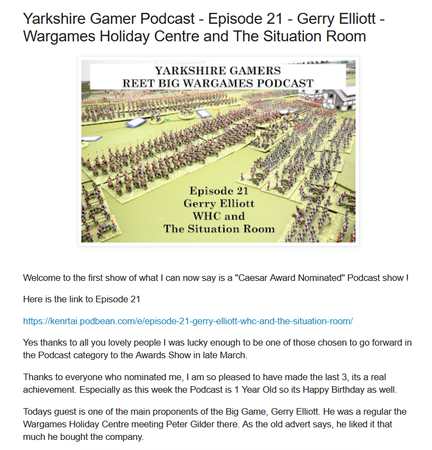
104 pages.
This is a popular book, available in various editions, digital and print, under various names. I have a out-of-print 'gift book' edition from 1995, the sort of thing you leave around to impress your guests. ![]() You can also find it online for free.
You can also find it online for free.
The background is that Napoleon wrote down 78 rules of warfare, 'maxims' numbered I through VXXVIII, each a brief paragraph. (Strangely, the Wikipedia article on Napoleon fails to mention any such list.)
After Napoleon's death, in 1827, General Burnod published Napoleon's maxims, adding his own commentary that extensively beefs out the text. I did some online searches, and could find nothing about this General Burnod, except for one unsourced criticism on Wikipedia that this edition is 'extremely incomplete'.
English translations followed immediately; the version I have lists Lieut-Gen. Sir G.C. D'Aguilar, C.B., as the translator. Wikipedia lists George Charles Aguilar as Lieut-Governor of Hong Kong, possibly the same man.
As an example, I've randomly selected Maxim LII:
Artillery is more essential to cavalry than to infantry, because cavalry has no fire for its defense, but depends upon the saber. It is to remedy this deficiency that recourse has been had to horse-artillery. Cavalry, therefore, should never be without cannon, whether when attacking, rallying, or in position.
Then follows General Burnod's two-paragraph commentary explaining the history of horse-artillery and how it has changed the nature of warfare.
And that's basically what you get in the book: guidelines on how to conduct warfare, fleshed out with concrete (though brief) examples. If you're expecting to discover Napoleon's genius for war, it is not here; this is mostly a list of things to do and not to do, many that will seem obvious to most wargamers.
It's a quick read, so though I don't give it a very high recommendation, you can always take a few hours and then content yourself with knowing what Napoleon's maxims of war were.
Reviewed by ![]() Editor in Chief Bill
Editor in Chief Bill ![]()
![]() .
.






